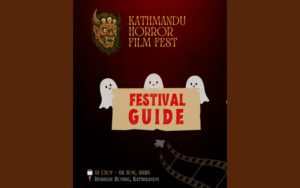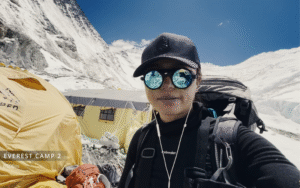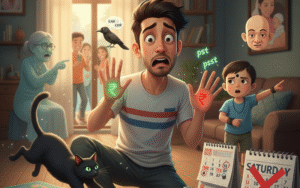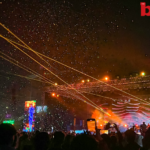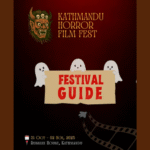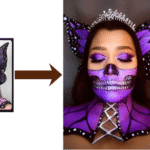Spirits of Nepal: 5 Horror Films to Haunt You This Halloween
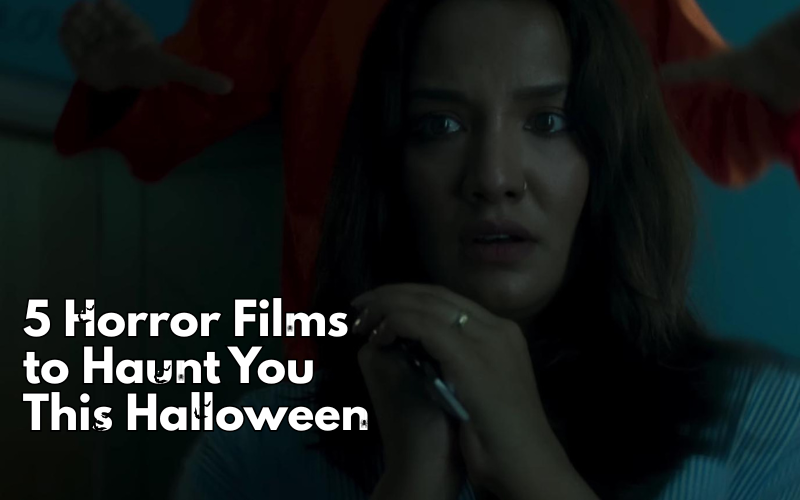
Horror has always been a tricky genre in Nepali cinema – busy with clichés, limited by budgets and distribution, and often struggling to genuinely scare. Yet in recent years, a new wave of films is proving that Nepali horror can be atmospheric, culturally rooted and technically ambitious. From the remote valleys of Mustang to haunted palaces and urban houses, here’s a look at six significant titles that signal the genre’s evolution.
1. Ghar (2019)
Jump to July 19, 2019, and Ghar, directed by Arpan Thapa, introduced a different kind of horror – one rooted in urban life. The story of a couple who move into a new house only to encounter supernatural forces reflects how modern Nepal experiences fear within its own walls. While critics found the film filled with clichés and jump scares, Ghar was still significant for bringing horror from remote villages into the heart of the city. It showed that fear isn’t always found in isolation – sometimes, it lives right next door.
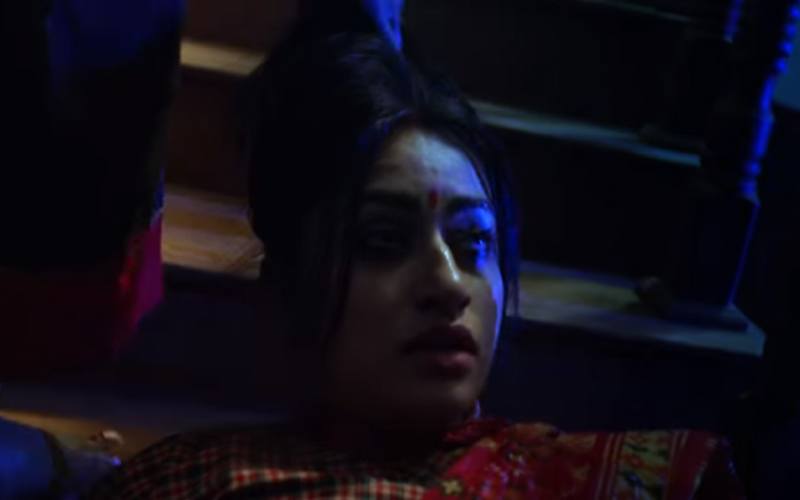
2. Kathaputali (2021)
Kathaputali, released in 2021, weaves horror through folklore and revenge. Set in an old palace, the film explores rituals, spirits, and superstition within a Nepali cultural framework. While the execution received mixed reviews for pacing and predictability, the concept stood out for its authenticity. As one reviewer noted, Kathaputali captures “traditional horror through a Nepali lens.” It proved that folklore-based horror can be both familiar and refreshing – if handled with precision.
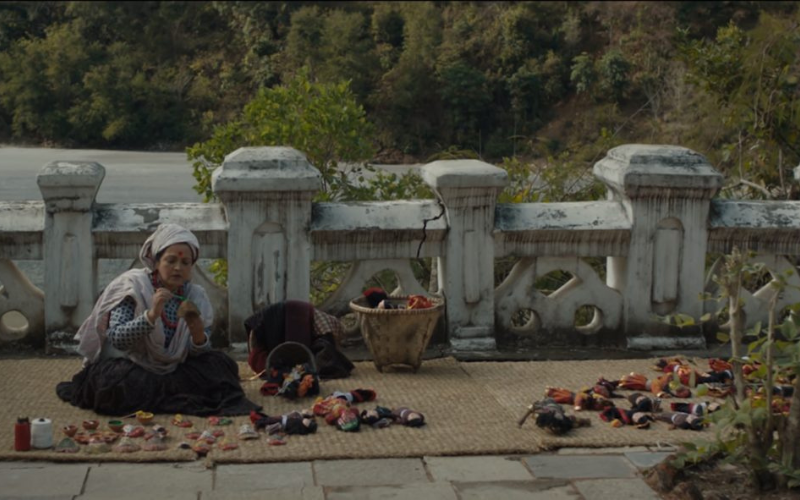
3. Mummy (2025)
One of the most anticipated horror films of recent years, Mummy (released February 7, 2025) by Samar Niraula, stars Priyanka Karki and Deeya Maskey. The story follows Sapana, a woman with bipolar disorder, as paranormal events unfold after a black cat enters her home – a clever nod to Nepali superstition. With its strong visuals, haunting score, and psychological undertones, Mummy redefines the genre for the modern era. Although it struggles with pacing at times, it stands as one of Nepal’s most ambitious horror productions to date, signaling a new chapter in the industry.
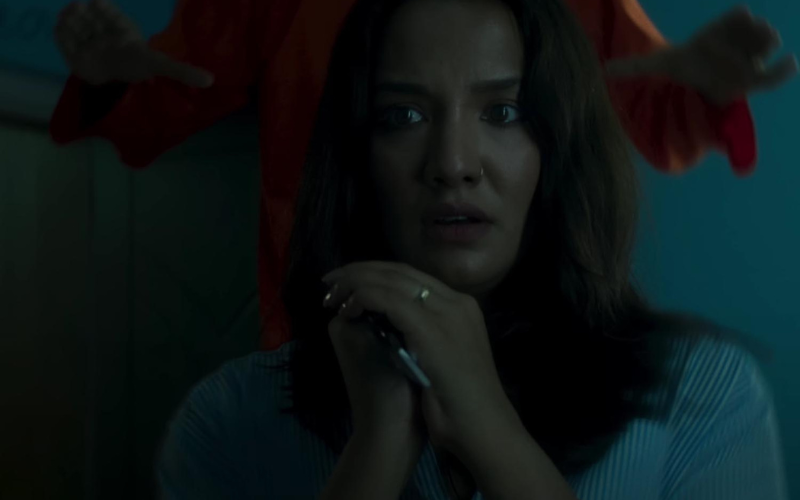
4. Khyaa Wola (2025)
Blending fear with folklore and humor, Khyaa Wola premiered in July 2025 as a Newar-language horror-comedy. It draws inspiration from the mythical Khyah – a mischievous spirit from Newar tales – and brings it into a cinematic universe. The film’s attempt to merge ethnic storytelling with genre cinema is bold, introducing horror from a community perspective. Its mix of scares and laughs also shows how horror can be localized yet universal in appeal.
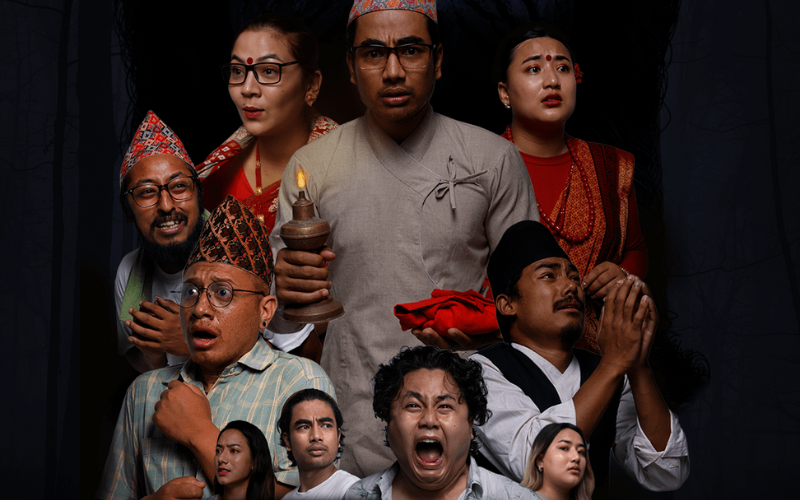
5. Barasi (Folklore)
Finally, Barasi taps into the dark side of Newar tradition. Rooted in the ritual of Bara Tayagu – where young girls are secluded during puberty – it tells the legend of a girl who dies during the ritual and haunts her home forever. Although not yet adapted into a mainstream feature, Barasi represents Nepal’s strongest horror potential: local myths turned into cinematic terror.
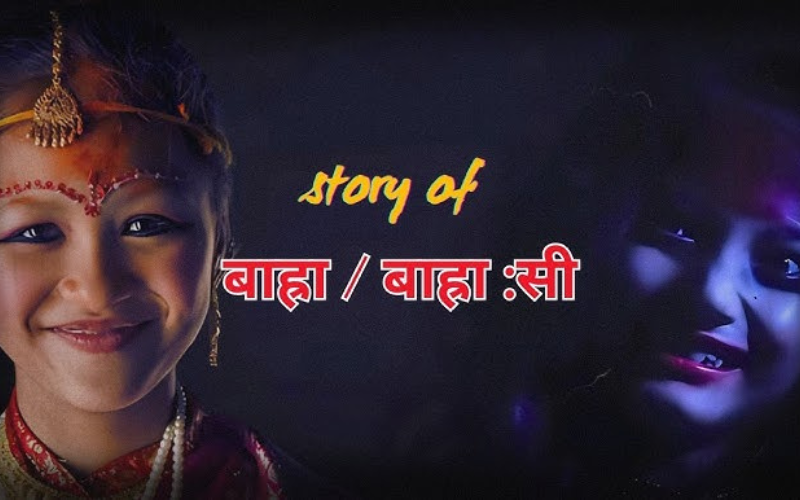
From the haunting hills of Kagbeni to the psychological dread of Mummy, Nepali horror is evolving – embracing its myths, languages, and lived fears. While many films still struggle with weak scripts and predictable scares, the direction is promising. As filmmakers continue blending folklore with modern storytelling, the future of Nepali horror looks darker – and far more exciting.
Also Read
New Video Alert: Kabita Nepali Conquers Everest & Lhotse in 24 Hours!
John Chamling Rai’s “Maya Garnu La” is Catching Fire All Over The Social Media
Funny Superstitions Every Nepali Millennial Grew Up Believing
Ujan Shakya Expresses Gratitude as “Baby” Song Trends Nationwide



